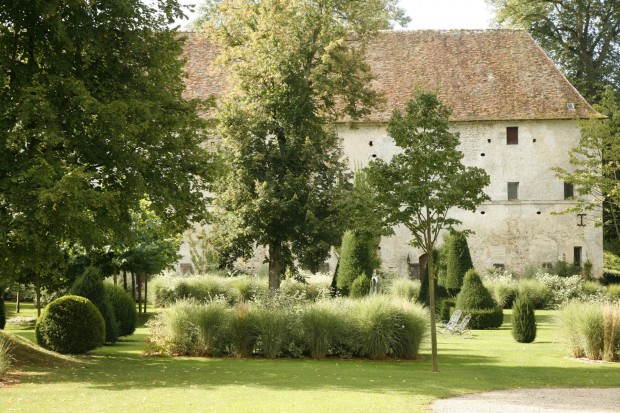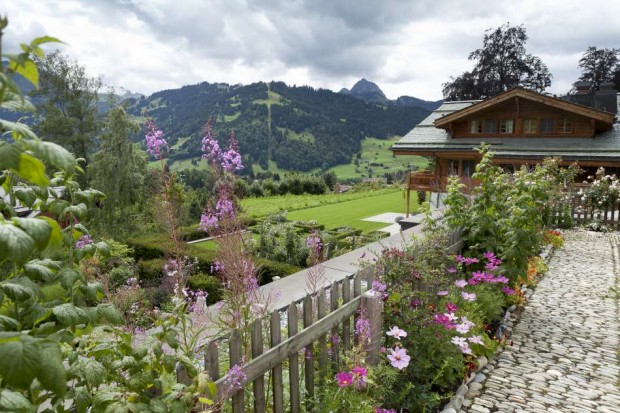Are you familiar with the Penny W. Stamps Lecture series which take place at the Michigan Theater in Ann Arbor? If you are not familiar with the Stamps School of Art and Design at the University of Michigan, their mission is simply as follows.

On September 20th, 2012, our School officially became the Penny W. Stamps School of Art & Design. It’s a significant landmark in our history — not merely for the way that a name shapes identity, but in the symbolic gesture that the naming represents. It is a gesture of thanks to a long-standing member of the A&D community whose generous financial support has helped make us who we are today and whose continuing support of programs and scholarships will shape who we will become, as an institution and as a community.
Penny Stamps graduated from this school in 1966 as Penny Witt. She’s an award-winning designer, a community leader and, along with her husband Roe, a dedicated philanthropist. The Stamps give to many causes — animal welfare, environmental organizations, homeless shelters — but higher education is something they are especially passionate about.
Penny Stamps has been involved with this school philanthropically, since 1998, providing initial funding for a then-fledgling lecture series. Later, when Dean Bryan Rogers came on board, she became involved with the school strategically, as chair of the Dean’s Advisory Council, providing key support as the school sought to re-envision art/design education in the 21st century.
During the last ten years, this school has been rebuilt from the ground up. It has been an ongoing effort to rethink and restructure what we do as an educational institution; to ensure that the work of creative makers is positioned not outside of but within the intellectual fabric of university life; and to create an art/design education that is responsive and relevant within a national and global context.
Over the last decade, Penny and Roe Stamps, among others, have provided the School with the financial resources needed to undertake such a task. By supporting such programs as the wildly popular Penny W. Stamps Speakers Series, WORK • Ann Arbor, a downtown exhibition space for undergraduate work, the Roman W. Witt Residency and Visitors programs, the Stamps Creative Work Scholarships, and a pledge that ensures the continuation of all these programs, the Stamps have provided a foundation from which we can continue to build a world-class art/design program here at the University of Michigan.
Impressive, this. The lecture series features people who have made a mark in their career in art and design. I am so pleased to see that a landscape design comes under this umbrella. I am very pleased to announce that the Penny Stamps lecture slated for April 9 at 5:10 pm at the Michigan Theater in Ann Arbor will be given by the renowned French landscape designer, Louis Benech. This is an event that we wholeheartedly support, and sponsor.
Classic French design is crisply and dispassionately edited. But the work of Louis Benech is not only clearly of French origin, it goes beyond to be work uniquely of his own invention. I admire how he reads the lay of the land so gently, and designs in concert with nature. His love of plants equals his love for great design. His design is always thoughtful, and never imposing.
His work contrasts his love of geometry with his big love for the natural world. The images of his work are readily accessible on line, but the chance to hear him speak to his history, outlook, and profession is a rare opportunity for anyone with a big love for the landscape to experience in person a lecture from a giant in 20th century landscape design.
To Follow is from The Penny Stamps Lecture series website.
Watch and Work
April 9, 2015

Renowned landscape designer Louis Benech has carried out some 300 park and garden projects around the world including at the Tuileries, the Elysée Gardens and the Quai d’Orsay, Pavlovsk’s Rose Pavilion (St Petersburg), and the Gardens of the Achilleion (Corfu). He has also worked for organizations such as Hermes, Axa and Suez. With each of his projects, Benech combines a desire to create long-lasting and aesthetically pleasing gardens with respect for a site’s history and ecosystem, while also considering its future upkeep. At the heart of his work is one simple idea — a garden is an artificial construction with elements of nature. It has to bring pleasure to those who experience it and a break in their life. A recipient of the Chevalier of the Légion d’Honneur and Chevalier des Arts et des Lettres, Benech is now working at the Palace of Versailles on a contemporary garden for the Water Theatre Grove.
With support from Matthei Botanical Gardens & Nichols Arboretum, Deborah Silver and Company / Detroit Garden Works, and the Cranbrook Center for Collections and Research.
Unless otherwise noted, all programs take place on Thursdays at 5:10 pm at the historic Michigan Theater, located at 603 E. Liberty Street in downtown Ann Arbor, and are free of charge and open to the public.
Should you be within driving distance of Ann Arbor in Michigan, I would encourage you to attend the lecture coming up April 9 by Louis Benech. I am sure it will be more thank interesting to hear him discuss his work. The photographs in the book Louis Benech: Twelve French Gardens are lovely. But to hear a designer of this caliber speak about those photographs and that work is an experience not to be missed. April 9, at 5:10. The Michigan Theater, Ann Arbor, Michigan.



Great information. Beautiful gardens.
Thank you.
Rare to discover a talent, living, unknown to me. A deep bow of thanks to you Deborah.
In my decades of studying landscapes across Europe, I know I have not been in one by Louis Benech. Nor Arne Maynard. They are similar.
Wish I had time to compare/contrast their styles side-by-side in pics.
In many layers, their style is where we are best headed. Simple.
Simplicity is success.
Garden & Be Well, XO Tara
Dear Deborah,
Thanks for supporting and sharing the Penny Stamps Lecture Series. We are going to make a serious attempt to attend (from Cleveland).
XOX, Gerry and Silvia
Dear Silvia-I so hope you and Gerry can attend this lecture-I have a feeling it will be well worth the trouble. all the best, Deborah
Sadly missed his lecture/series this winter at NYBG.
Was amazed that such a large/prestigeous organization did not record the series for distribution.
Do you think this lecture will be recorded?
Dear James, I believe it will be broadcast on the radio. Read through the literature on it that U of M has on line. Best, Deborah
Deborah,
I caught the James Van Sweden lecture in ’09 and because of your blog took, two of my neighbors to the Benech lecture. Louis’s speaking style was very avuncular; it was like having a French friend explaining the intricacies of his approach to these beautiful gardens.
He was extremely humble and several times mentioned that he hoped that the audience was not getting too sleepy. Indeed, he distilled his approach as how he liked not to not touch the site too much. Hah an understatement. He seems the heir to Russell Page in so many ways. While the lecture did go long, I was embarrassed that so many students walked out after an hour. It was like an exodus. Nonetheless, those that remained were treated to the crowning piece of his work at Versailles, which seems to be a work in progress. Nevertheless, he did show computer simulation of the finished work. The whole effect being that of a modern version of a fantasy garden of fountains for the grandchildren of the king.
I thoroughly enjoyed the lecture as he showed the development of his work from Brittany, the Sologne, the Loire, Corfu, Paris and Versailles. Before the lecture, I looked up the article and video in the NYT about the Bosquet du theatre d’eau. It noted that the original landscape architect had collaborated with artists and Louis did the same. He collaborated with a glass artist who drew inspiration from the shape of arabesque steps in a dance made for the king. These glass sphere assemblies suggest the jumping movement of water in freeze-frame when the fountains are not in operation.
I for one was not too sleepy. Unfortunately there was no question and answer at the end. However, I was moved to buy his book , which has many of the pictures of the gardens he showed. The Versailles work was not included but the book titled Twelve French Gardens is also a delight.
Thank you for mentioning M. Benech in your blog.
I did note that he, like Page, showed that the French and British of the leisure class like to keep the swimming pool hidden from the rest of the garden and that the long drive is essential. The English MLD made its appearance; it has to have a mile long drive or it is not quite up to scratch. The two stage lengthening of a drive he did at a house in Connecticut made his point.
Dear Mark, thanks for your letter. Very interesting. In person, he is amiable, with a wry sense of humor. He does indeed love the garden. best, Deborah
Dear Deborah,
the Louis Benech lecture was videotaped and is available at the Stamps School of Art & Design website. I do enjoy following your blog. It is a rare forum where you showcase your exceptional work and show your process. I really appreciate that you have the discipline to not be negative and not approve of it in the comments. You share this world of fine gardens, and you entertain the viewpoints of others, and then you boldly and beautifully show how you and your clients solved the problems that you were grappling with. And you make it look easy. Of course, I may be skipping ahead and looking at the heaven-on-earth images that are your results.
Namaste, Mark
Dear Mark, thank you so much for your letter. best, Deborah